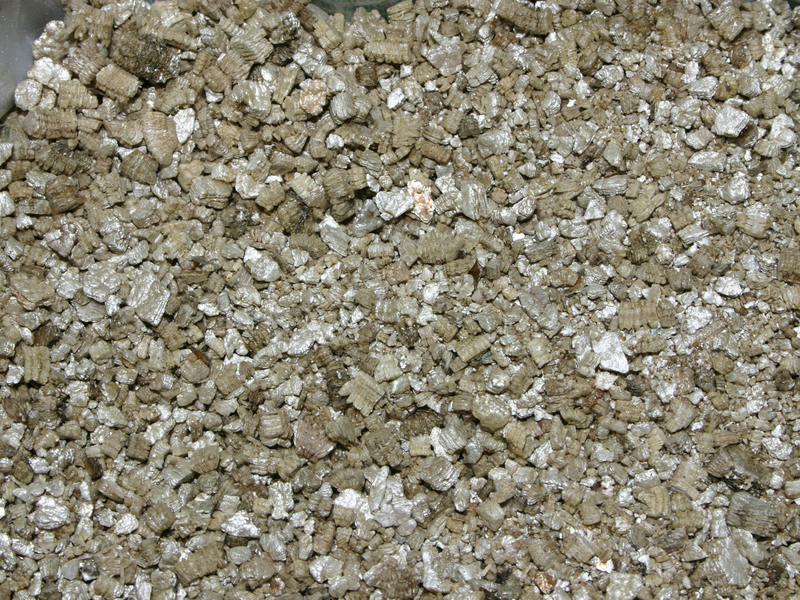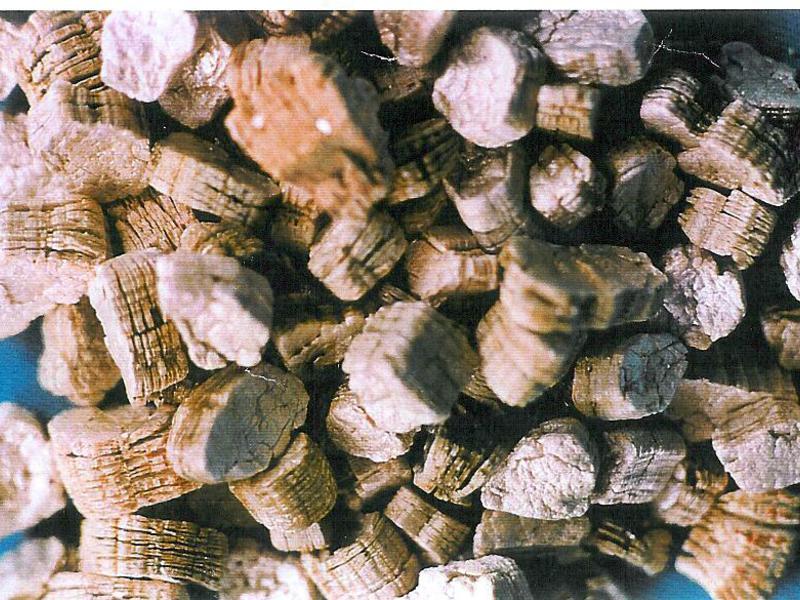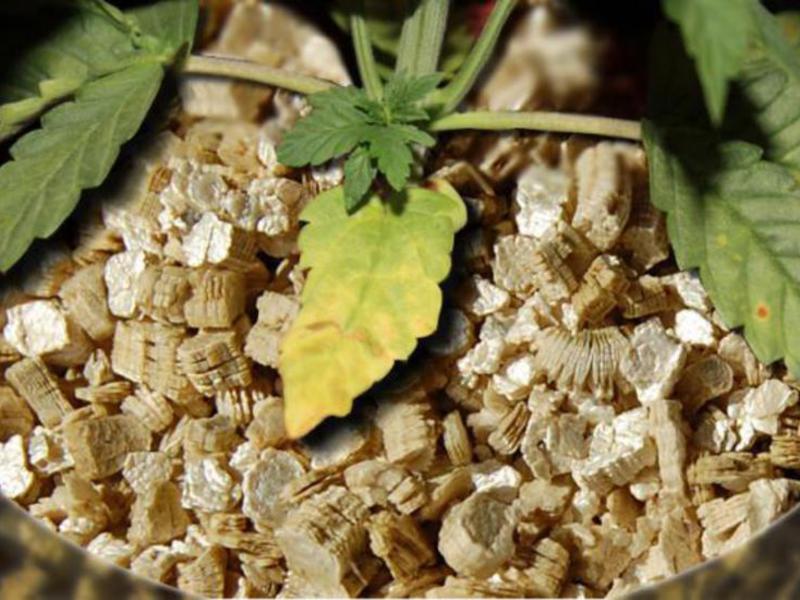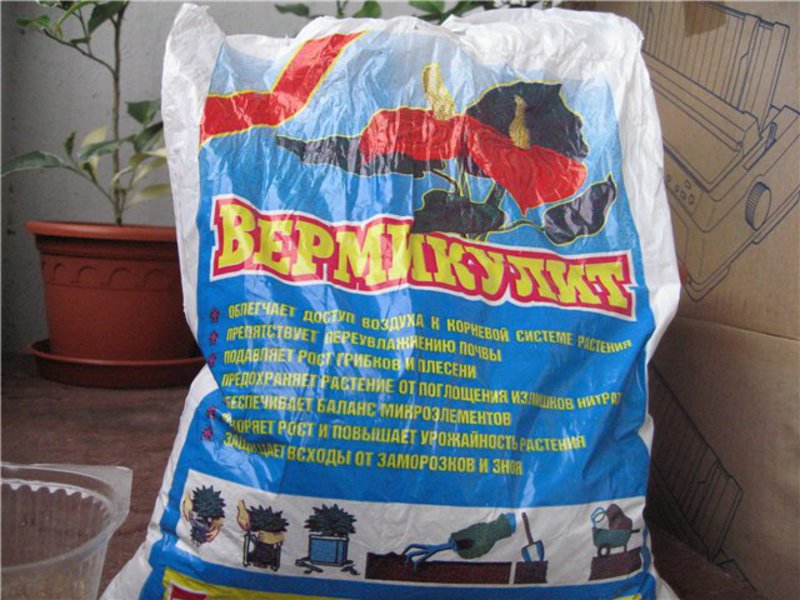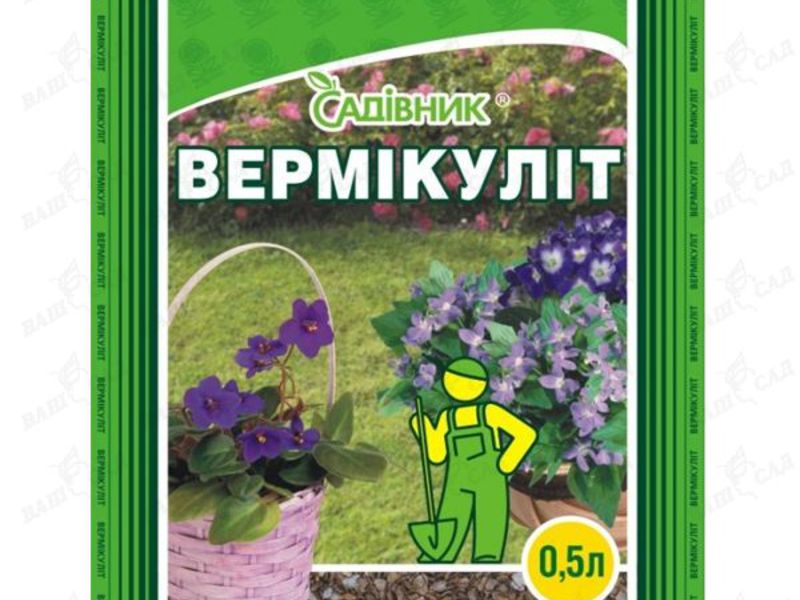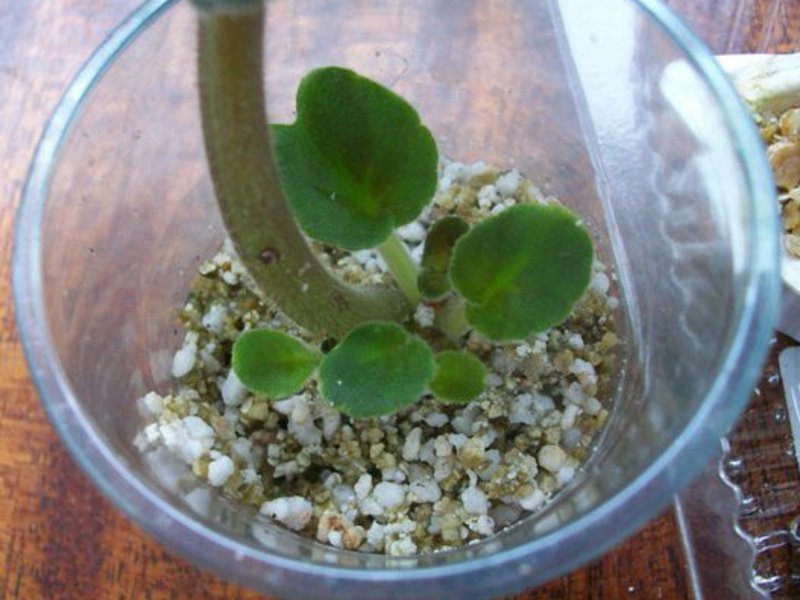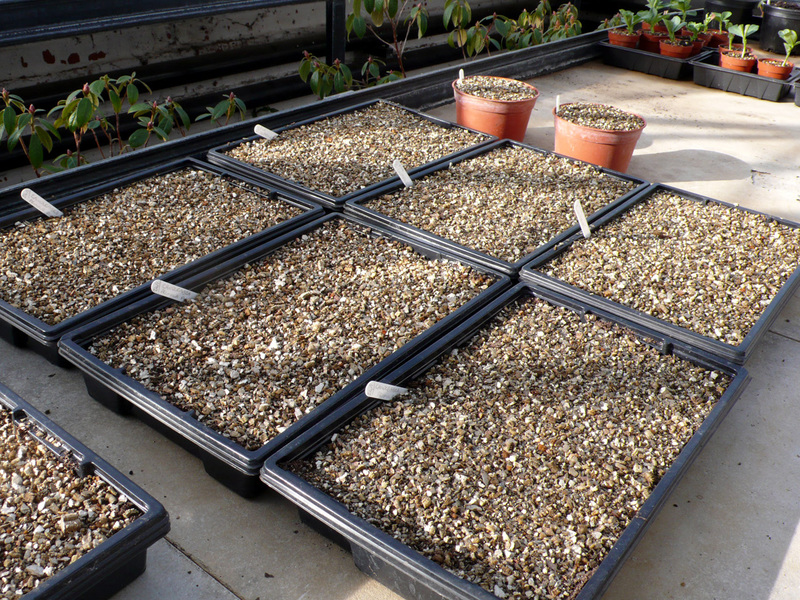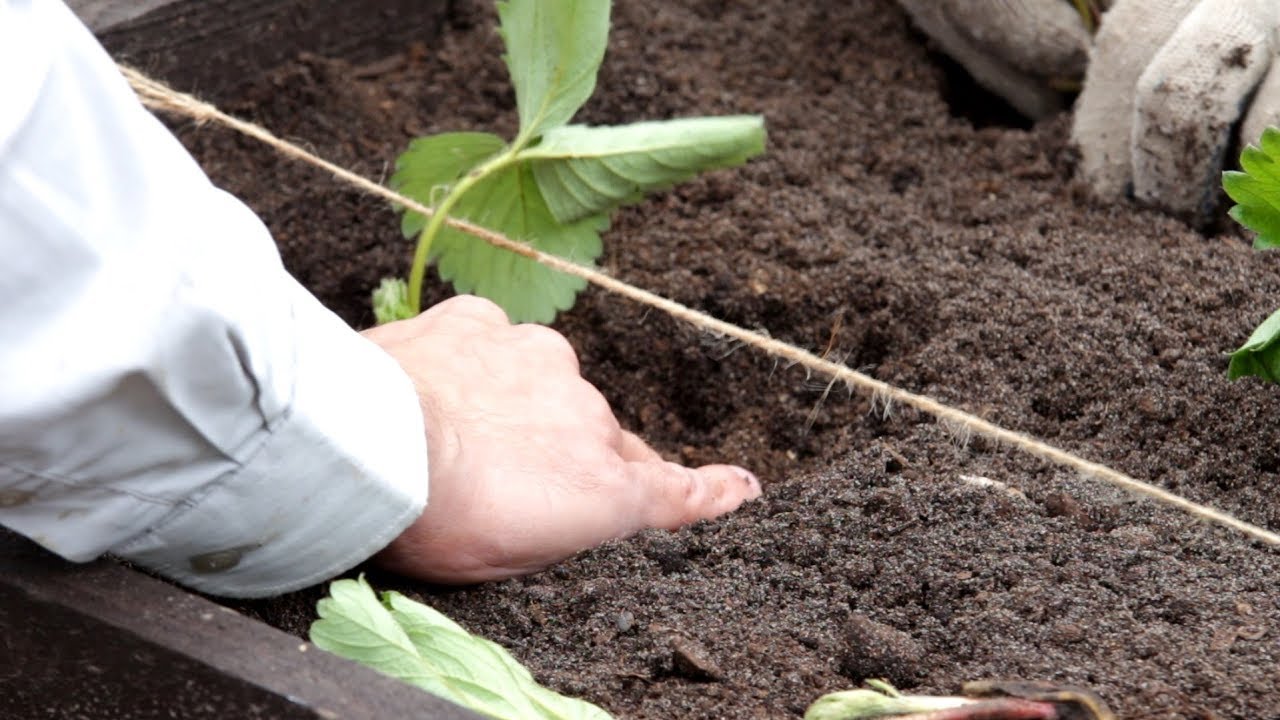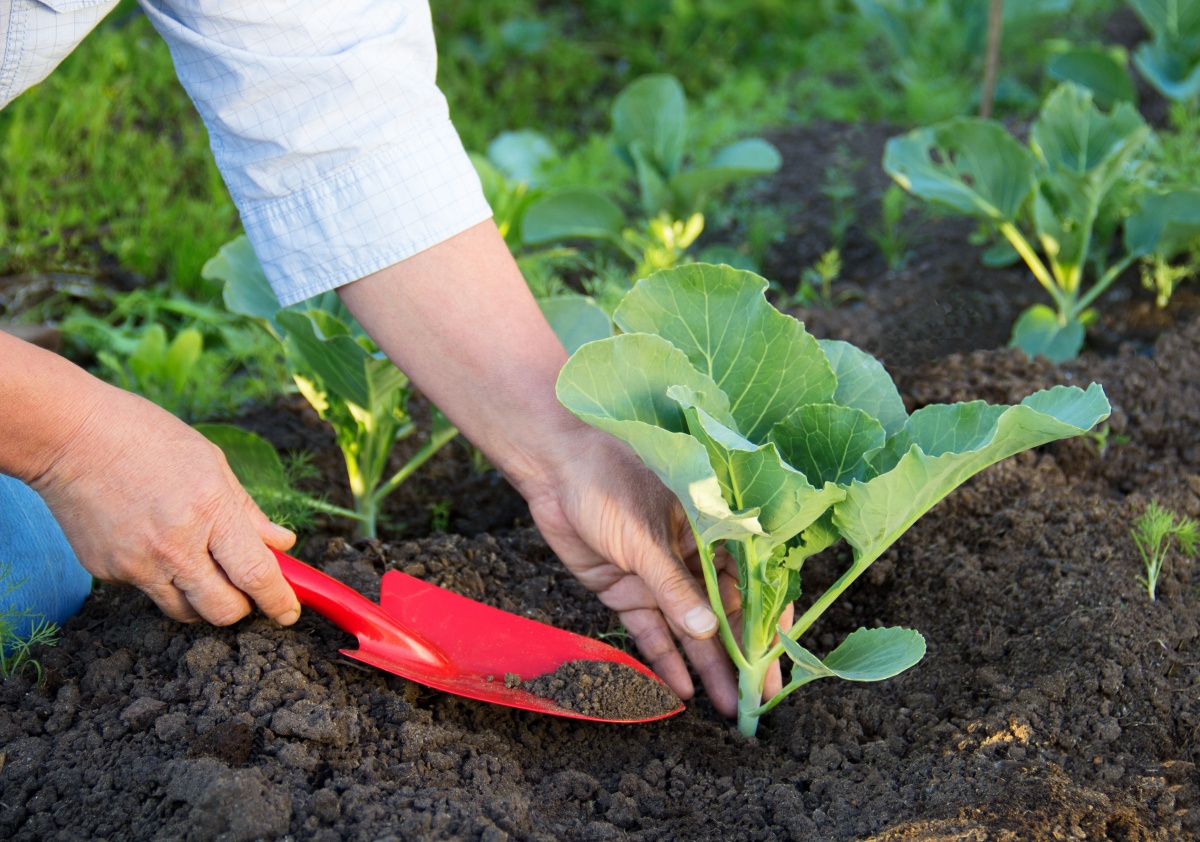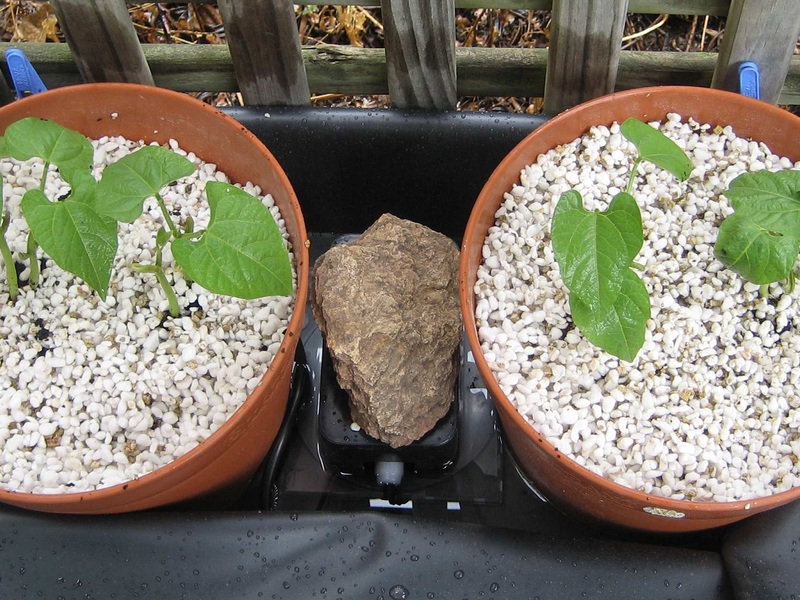Many experienced gardeners know that without proper care and additional components, the desired result cannot be achieved when growing plants. A variety of additives, fertilizers are used and, of course, the matter is not complete without the use of vermiculite. The use of this component in horticulture has gained popularity due to the large number of positive properties. It is simply impossible to refuse it in the future. Due to its qualities, vermiculite is used in many other areas, except for plant growing.
Content
Description of vermiculite
Vermiculite is mineral component, which belongs to the group of hydromica. It is formed in the earth's crust and therefore it can be safely attributed to an organic and environmentally friendly substance. Vermiculite, which has found itself in the field of plant growing, after its extraction is pre-processed under the influence of high temperatures. Such processing allows it to dry and make it free-flowing with a scaly structure. This component is suitable for growing plants due to the large number of natural growth elements. These include:
- magnesium;
- calcium oxide;
- potassium;
- iron;
- silicon;
- aluminum.
Vermiculite surface has a scaly structure, which allows you to store a large amount of air necessary for plant life. The substrate helps to improve aeration performance in the soil. More precisely, the soil ceases to crumble and become covered with a hard crust, which must be dug, which significantly increases the permeability of moisture. In the field of plant growing, foamed vermiculite can also be used, which has a positive effect on the root system.
The main properties of the substrate are the properties to absorb and release moisture when the root system needs it. Favorable conditions, constant supply of moisture and air contributes to the rapid growth of plants and their survival in a new place. The moisture absorption coefficient of vermiculite reaches almost 400 ml of water per 100 g of material... These properties make it possible to grow plants using hydroponics.
The use of vermiculite in gardening
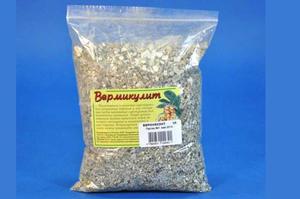 Vermiculite is used for a variety of purposes, but most often it finds application in seed germination... The method of growing seedlings from seeds using this material is quite simple. To begin with, all the seeds are mixed with pre-moistened vermiculite. The entire resulting mass is placed in a plastic bag to create condensation. In this position, the seeds will very quickly give the first signs of growth, after which they are transplanted into the ground.
Vermiculite is used for a variety of purposes, but most often it finds application in seed germination... The method of growing seedlings from seeds using this material is quite simple. To begin with, all the seeds are mixed with pre-moistened vermiculite. The entire resulting mass is placed in a plastic bag to create condensation. In this position, the seeds will very quickly give the first signs of growth, after which they are transplanted into the ground.
Transplantation into soil also occurs with the help of a substrate. Vermiculite is mixed in proportions 2: 1 with the soil, after which there is planting germinated seeds... It should be noted that this method quickly gives positive indicators. The growth rate of seedlings is significantly superior to methods using clean soil.The substrate helps not only to saturate the plant with nutrients, but also to fight the "black leg" and rot, which forms on the stem and root system on almost any seedling.
After receiving seedlings suitable for planting, the plant can be transplanted into open ground, but here it is worth thinking about using vermiculite. Usually, less substrate is used outdoors. The material is applied to the soil along its entire length with the calculation of no more than one tablespoon for every 10 cm. After that you can plant seedlings, and the substrate, in turn, will help the plants better take root in a new place. Vermiculite can be added to the soil along with other nutrients such as:
- peat;
- manure;
- bird droppings;
- mineral fertilizers;
- chopped straw.
Usually, everything is mixed in equal proportions and added to the soil before planting seedlings.
Seedlings at an early stage of their development require a fairly large amount of nutrients and care to develop your root system, therefore, vermiculite can also be used here as an auxiliary component. It is especially good to use it in 1: 1 proportions with neutral peat. Such a composition will provide all the necessary components for the growth of a young tree or shrubs, and will protect in the first years from diseases and lack of nutrients. Before planting seedlings, the hole is filled to 30%.
Vermiculite use in hydroponics
A growing method such as hydroponics has found wide application in horticulture, but it also has its own negative sides... The lack of soil often leads to the fact that plants take root rather difficult and do not receive a sufficient amount of useful components. This is not to mention the fact that the root system simply cannot find the soil and catch on to it. Vermiculite in this case greatly simplifies cultivation due to its sterility and lightness. The substrate not only allows you to partially replace the soil for growing plants in hydroponics, but also to create a neutral alkaline environment along with chemical inertness.
Rules for the use of vermiculite
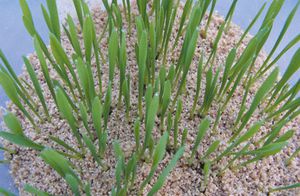 Vermiculite is distinguished by its fragility, lightness and scaly structureTherefore, it is not surprising that a large amount of dust is generated during the transport of the substrate. Inhalation of this dust can cause discomfort, therefore it is best to pre-wash the material and remove the dust. Even if, at first glance, the dust has completely disappeared, it is recommended to use a gauze bandage and glasses during the preparation of the soil.
Vermiculite is distinguished by its fragility, lightness and scaly structureTherefore, it is not surprising that a large amount of dust is generated during the transport of the substrate. Inhalation of this dust can cause discomfort, therefore it is best to pre-wash the material and remove the dust. Even if, at first glance, the dust has completely disappeared, it is recommended to use a gauze bandage and glasses during the preparation of the soil.
In addition, although vermiculite is famous for creating a neutral environment, its pH can eventually rise. This happens when using hard water while watering plants. The accumulation of harmful substances begins, the level of acidity rises, and the neutral medium becomes alkaline, which as a result can destroy even a mature and strong plant.
To reduce the hardness of the water, you can use cleaning agents or, at best, boil the liquid and let it settle until all impurities settle to the bottom. Watering plants should be much less frequent when using vermiculite, since it retains enough moisture for a long time for plant life. Frequent watering can cause the plants to overflow.
Vermiculite can be in the soil for almost 10 years, but even after this period it can be reused. For reuse, the material is dug out of the soil, washed and dried by calcining in a pan.
Positive qualities of vermiculite
The use of vermiculite, as mentioned earlier, can improve the process of growing plants.
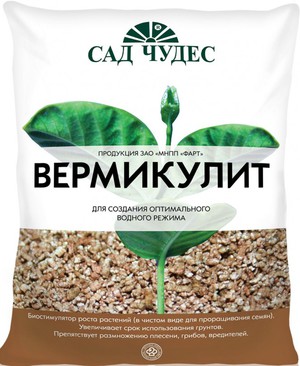 In permanent soil, which is prone to salinity, this parameter is greatly reduced when using the substrate.
In permanent soil, which is prone to salinity, this parameter is greatly reduced when using the substrate.- Fertilizers last longer due to their retention in vermiculite.
- Plants receive additional nutrients in which toxins are neutralized.
- A large amount of moisture is retained in the soil.
- The growth rate of the root system in plants increases.
- The level of formation of rot on the root system and plant stem is reduced.
- The soil structure is improved and acidity is significantly reduced.
Vermiculite is mainly used for growing vegetables, germinating seeds, planting seedlings. Its positive properties find excellent application when making compost or while mixing with various types of fertilizers and substrates. Adding to the soil occurs in pure form or by mixing vermiculite with sand, peat or similar in structure soils. The drug can even be used for storing plant fruits. To do this, you just need to sprinkle it on fruits and vegetables and their shelf life will increase significantly.
Conclusion
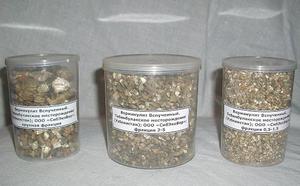 Gardening requires little money, but you have to spend a lot of time, and after all, expectations may simply not be met. That is why it is recommended to use vermiculite for plants. This substrate adds large amount of nutrients into the soil, and this significantly improves the quality of growth of seedlings, seeds and seedlings. More precisely, the material can help in the field of cultivation, regardless of the level of development of the plants themselves. The main thing is to follow all the rules and recommendations for using vermiculite.
Gardening requires little money, but you have to spend a lot of time, and after all, expectations may simply not be met. That is why it is recommended to use vermiculite for plants. This substrate adds large amount of nutrients into the soil, and this significantly improves the quality of growth of seedlings, seeds and seedlings. More precisely, the material can help in the field of cultivation, regardless of the level of development of the plants themselves. The main thing is to follow all the rules and recommendations for using vermiculite.
